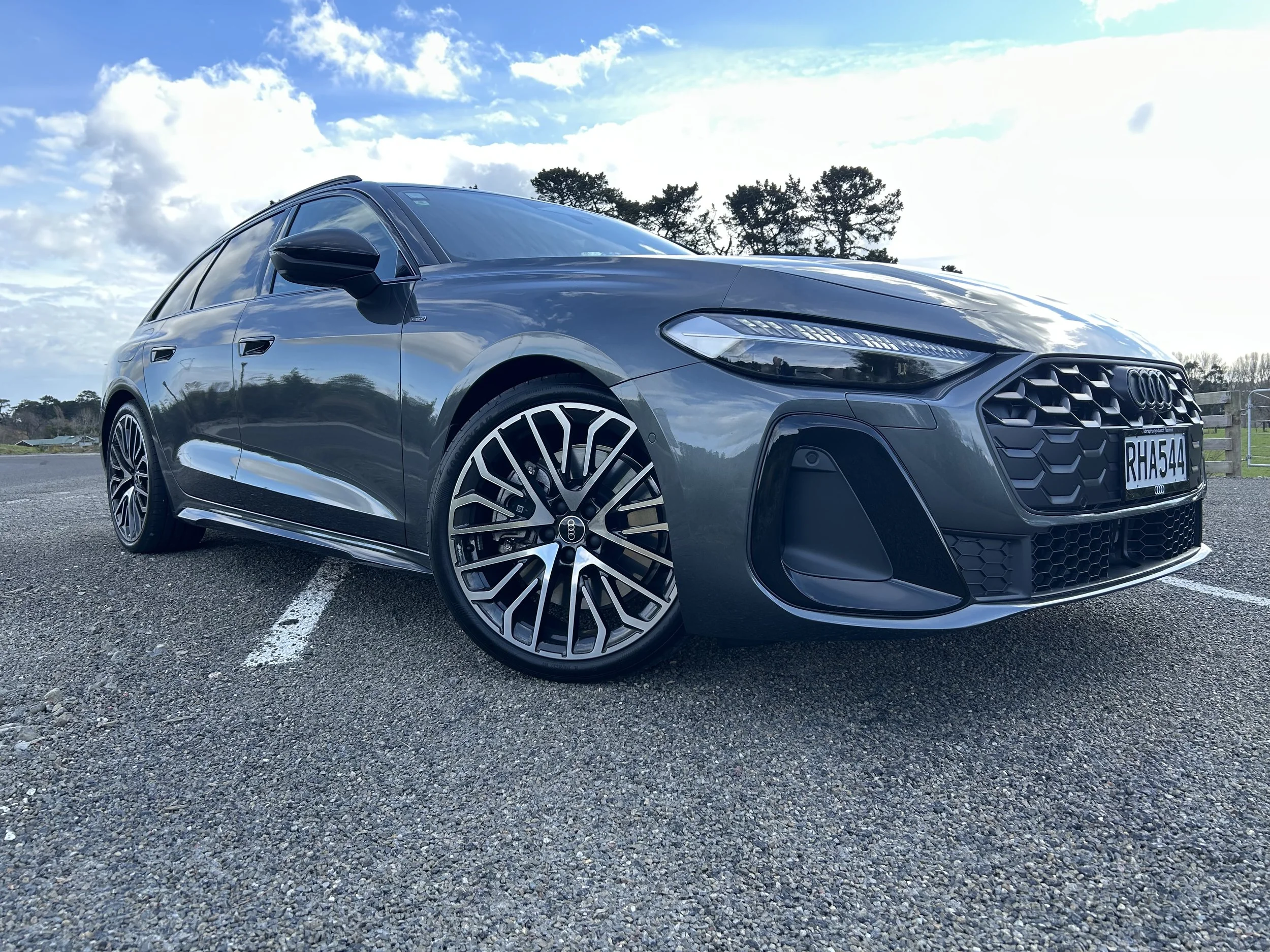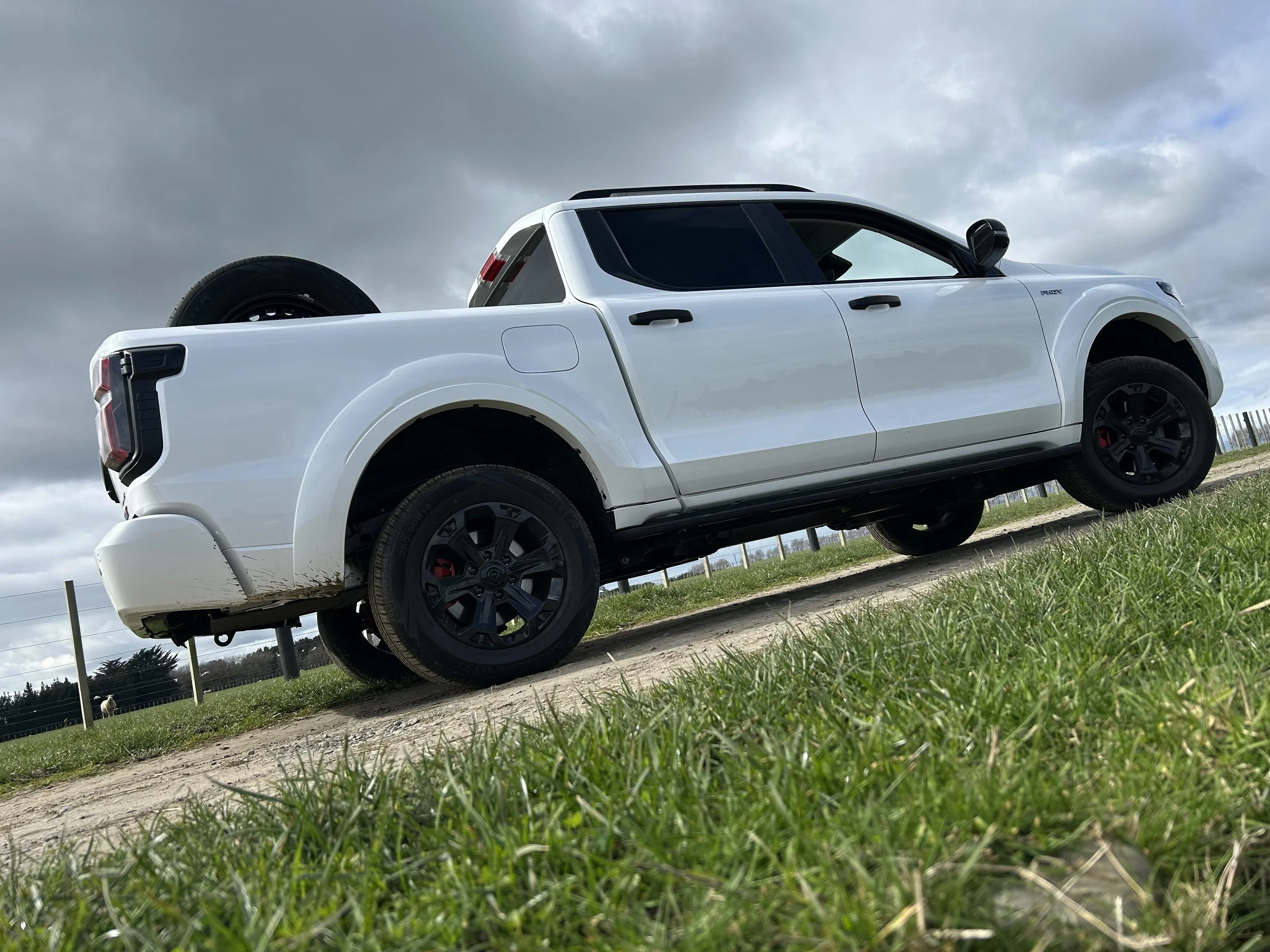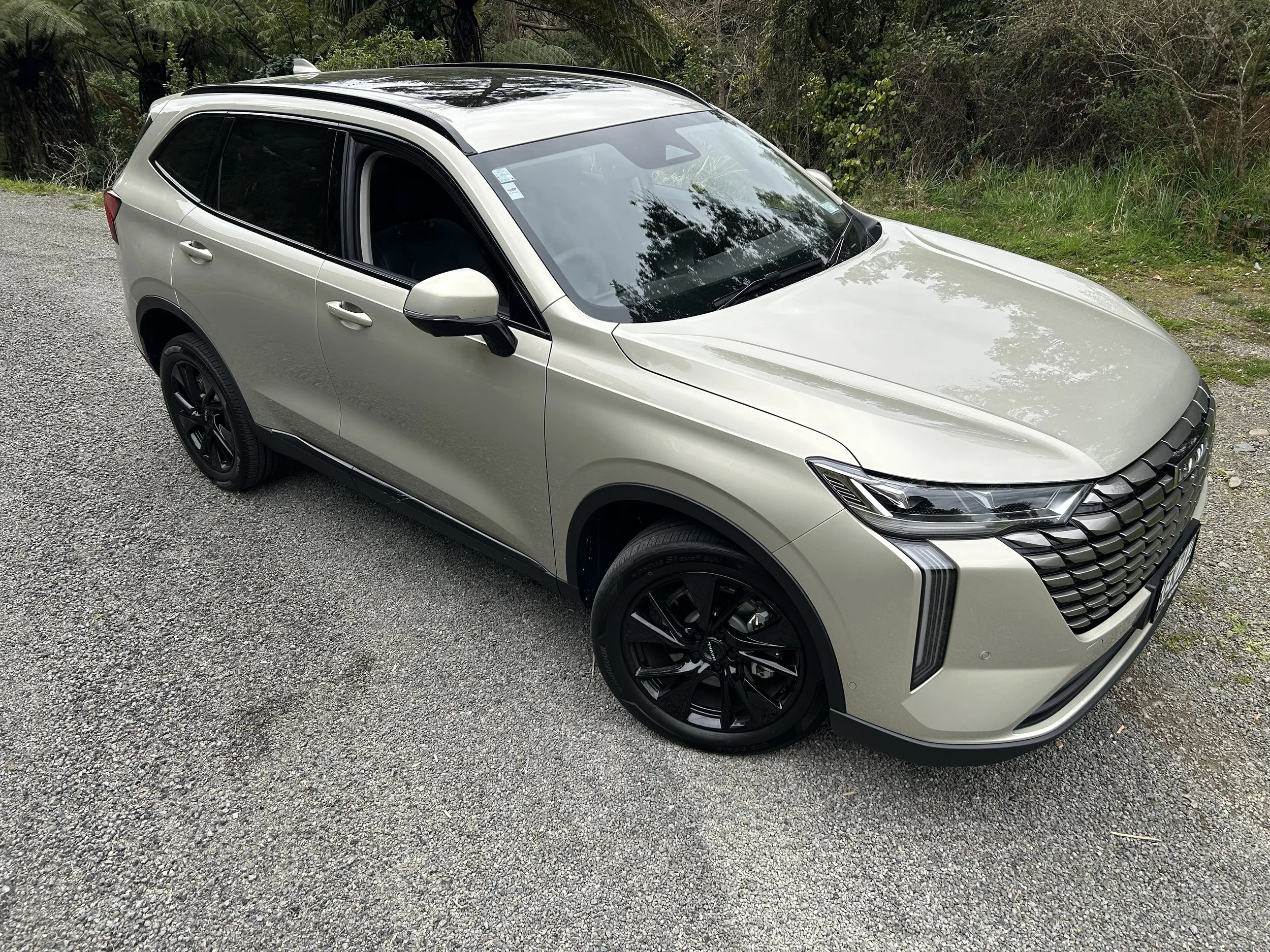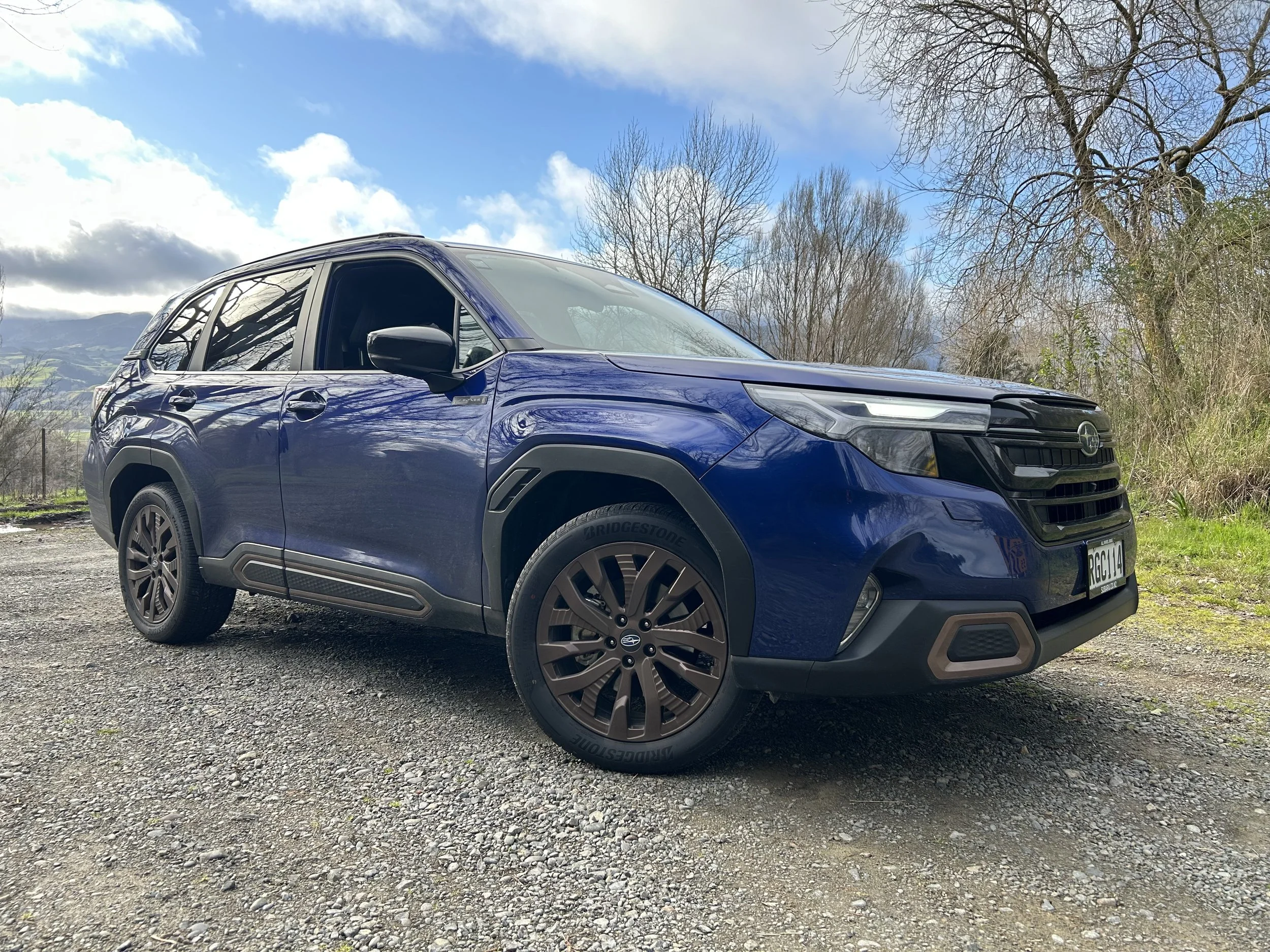Lotus reveals EV chassis
/LEVA structural underpinning starts with sports cars.
Evija is the only electric Lotus of the moment - but more are coming (below).
TWO types of battery arrangements can be accommodated by the modular electric vehicle platform to underpin forthcoming Lotus electric cars.
In the wake of recently revealing something of the line-up of vehicles it intends to roll out over coming years, the British brand has now opened up about the lightweight chassis architecture set to underpin at least some of these.
A priority project is a new battery-powered sports car – developed in collaboration with Renault’s newly-minted performance arm, Alpine, and manufactured in the UK. Others will come out of China, the homeland of Lotus owner, Geely.
Developed under the so-called Project LEVA - the acronym standing for Lightweight Electric Vehicle Architecture - announced last October, the architecture provides a blueprint for developing electrified Lotus models with variable powertrains and battery layouts.
The British firm says the rear subframe is 37 percent lighter than the equivalent structure found on Lotus Emira, the company’s last petrol-powered model, set for launch in New Zealand in 2022.
With relatively minor changes, the platform can be changed to suit three different types of two-door bodies.
Varying configurations can accommodate either single or twin electric motors, and a choice of two battery packs with up to 66.4kWh or 99.6kWh of capacity.
The set up is created using cold cure, spot bonding and advanced welding techniques. Crucially, it features cylindrical battery cells and the ability to support either a single or a double electric motor.
LEVA’s ‘chest’ battery pack arrangement features a stack of mid-mounted batteries, as per the Lotus Evija electric hypercar, which lowers the car's ride height and centre of gravity, thus benefitting handling.
LEVA will also be able to accommodate batteries arranged horizontally in a ‘slab’ or ‘skateboard’ form underneath the cabin, which adds ride height to the vehicle, but which may eventually provide the basis for a Lotus SUV.
While the 99.6kWh is just a theoretical maximum, the battery size would almost match that found in Tesla’s most powerful and fastest car, the Model S Plaid.
The vehicle architecture can be used with either a single electric motor producing a maximum of 350kW, or a dual-motor set-up pumping out up to 650kW.
“Rather than developing a single vehicle, it means (we) now (have) the ‘blueprint’ for the next generation of electric sports cars, for future products and for the Lotus Engineering consultancy to commercialise,” Lotus engineering director Richard Moore said.
“The electric sports car architecture (is the) perfect (illustration) of the innovation, which continues to be at the heart of everything Lotus does.”
Alpine is set to deliver three fully-electric models in 2024 – one of which will be the A110’s replacement, co-developed with Lotus, whose own electric coupe is due in 2026.
Richard Rackham is head of Vehicle Concepts at Lotus. He worked on the pioneering Lotus Elise in the 1990s and says Project LEVA is as revolutionary now as the Elise architecture was in 1996.
“In true Lotus spirit, significant weight savings have been achieved throughout, with a focus on ultimate performance, efficiency and safety being engineered into the structure from the outset - for example, by utilising the vehicle structure as the battery enclosure, having an integrated EDU (electronic drive unit), eliminating bolt-on subframes and optimising the multi-link suspension components."





















